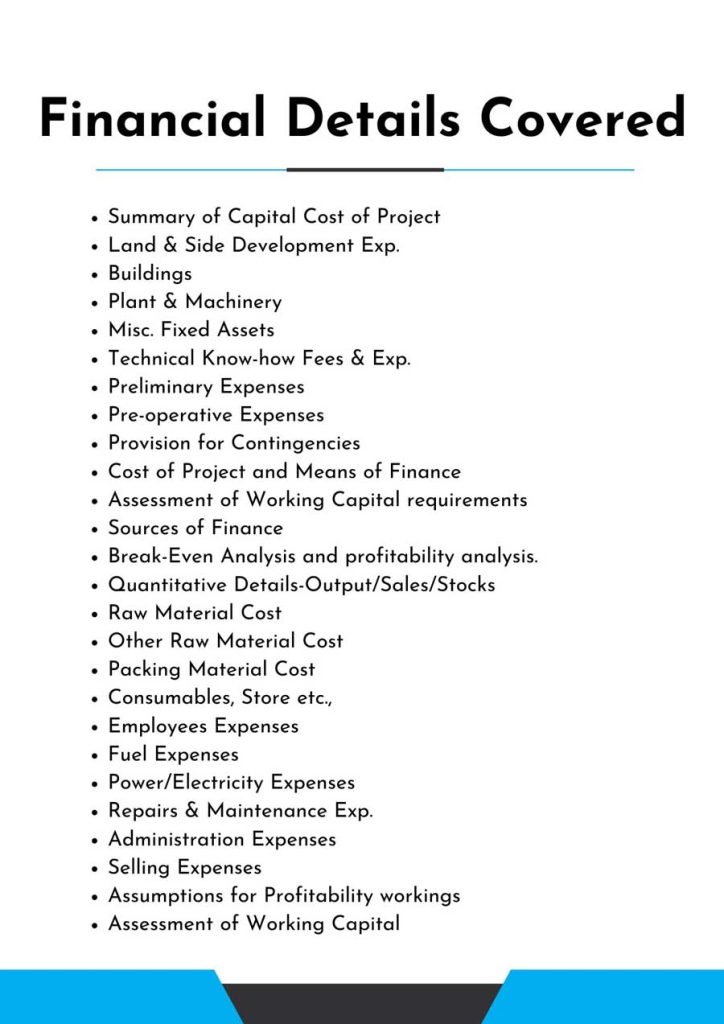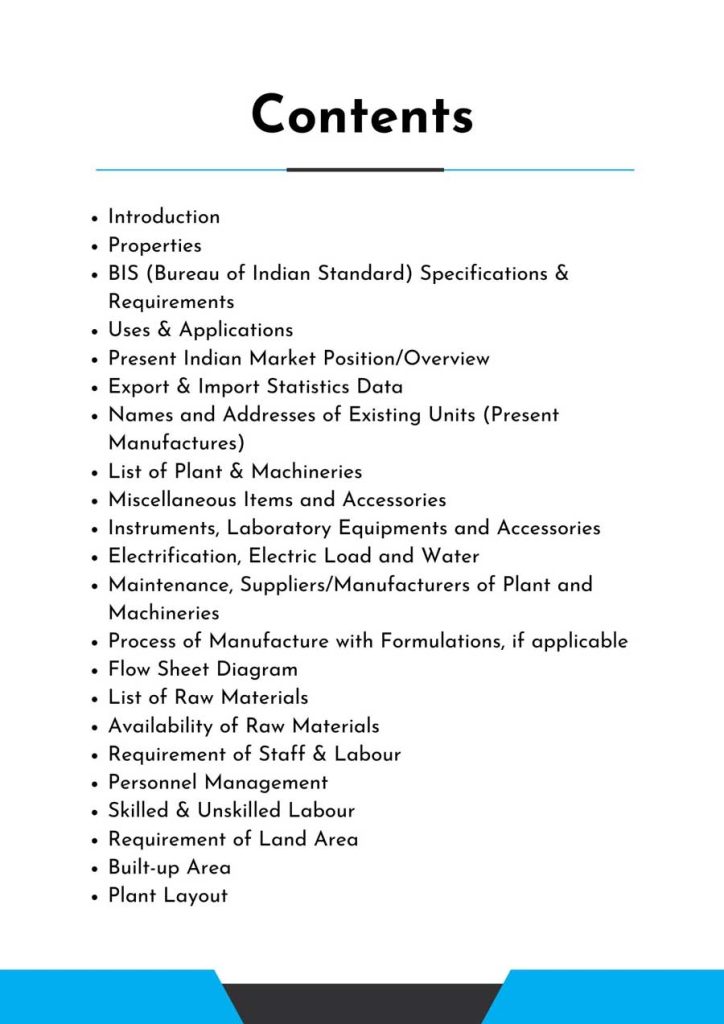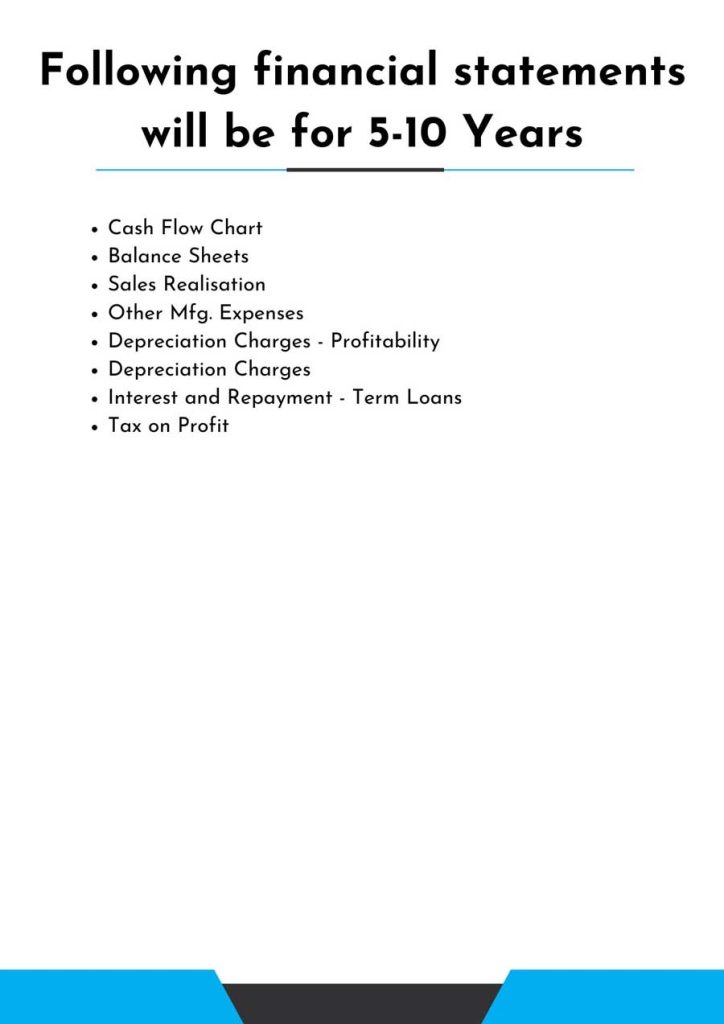Feasibility Report
On Conveyor Belt
A conveyor belt is a moving system that carries and transports items from one place to another. It’s like a continuous moving path, commonly used in factories and airports for efficient handling.
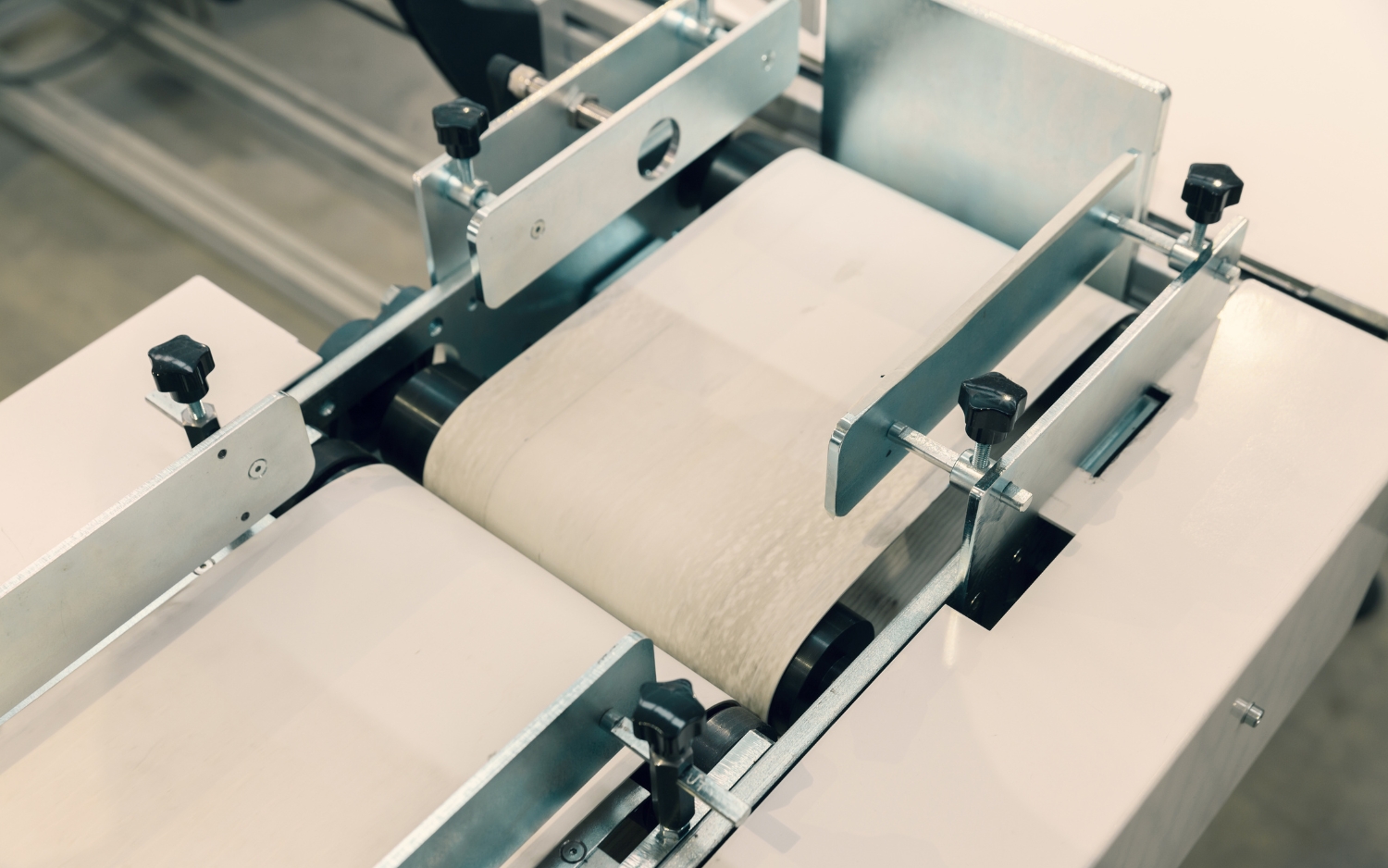
Feasibility Report For Conveyor belt .
Conveyor belt systems are vital in many commercial and industrial establishments for the continual conveyance of things from one location to another. They can drastically lower manufacturing times and overall labour costs there. Conveyor belts, for example, are always used to assist make factory assembly lines more efficient. Even tiny retail businesses utilise conveyor belts at their checkouts to keep things moving before and after they are scanned. They are useful for carrying huge materials, mass-produced commodities, and possibly dangerous objects. Automobile, mining, electronics, food processing, textile, packaging, and many more industries rely heavily on these systems to handle their resources and goods.

Belt conveyors, often known as conveyor belts, are one of the most basic forms of conveyors. The system is powered by a motor and pulley system that rotates an attached belt into a loop using rollers. This basic and easy-to-use equipment has two applications: ordinary material handling (moving packages within a plant) and bulk material handling (transporting enormous volumes of resources such as grain, salt, gravel, coal, and others).
Conveyor belts are one of the most important components of a food processing line because they can have a significant impact on the quality and safety of the goods they transport. Conveyor belts come in a variety of shapes and sizes, depending on their intended use. Plastic Modular, Solid Flat Belt, and Wire Mesh are among the most significant concerns for primary and secondary food processing.
Feasibility Report Sample On Conveyor Belt



Market Strategy of Conveyor Belt
In 2022, the conveyor belt market was valued at US$ 503.1 million. The market is expected to reach $709.6 million by 2028, with a 5.6% growth rate (CAGR) between 2023 and 2028.
The fast industrialization and expanding infrastructure building activities in India are driving the conveyor belt industry. Conveyor belts are also commonly employed in mining and industry to transport ores, concentrates, and tailings from the initial excavation point to the manufacture of refined material.
Furthermore, different product advancements, such as the introduction of textile-reinforced and steel cord-reinforced belts, are propelling market expansion. The integration of the Industrial Internet of Things (IIoT) with connected devices for greater operational efficiency, profitability, and safety is also contributing to market growth.
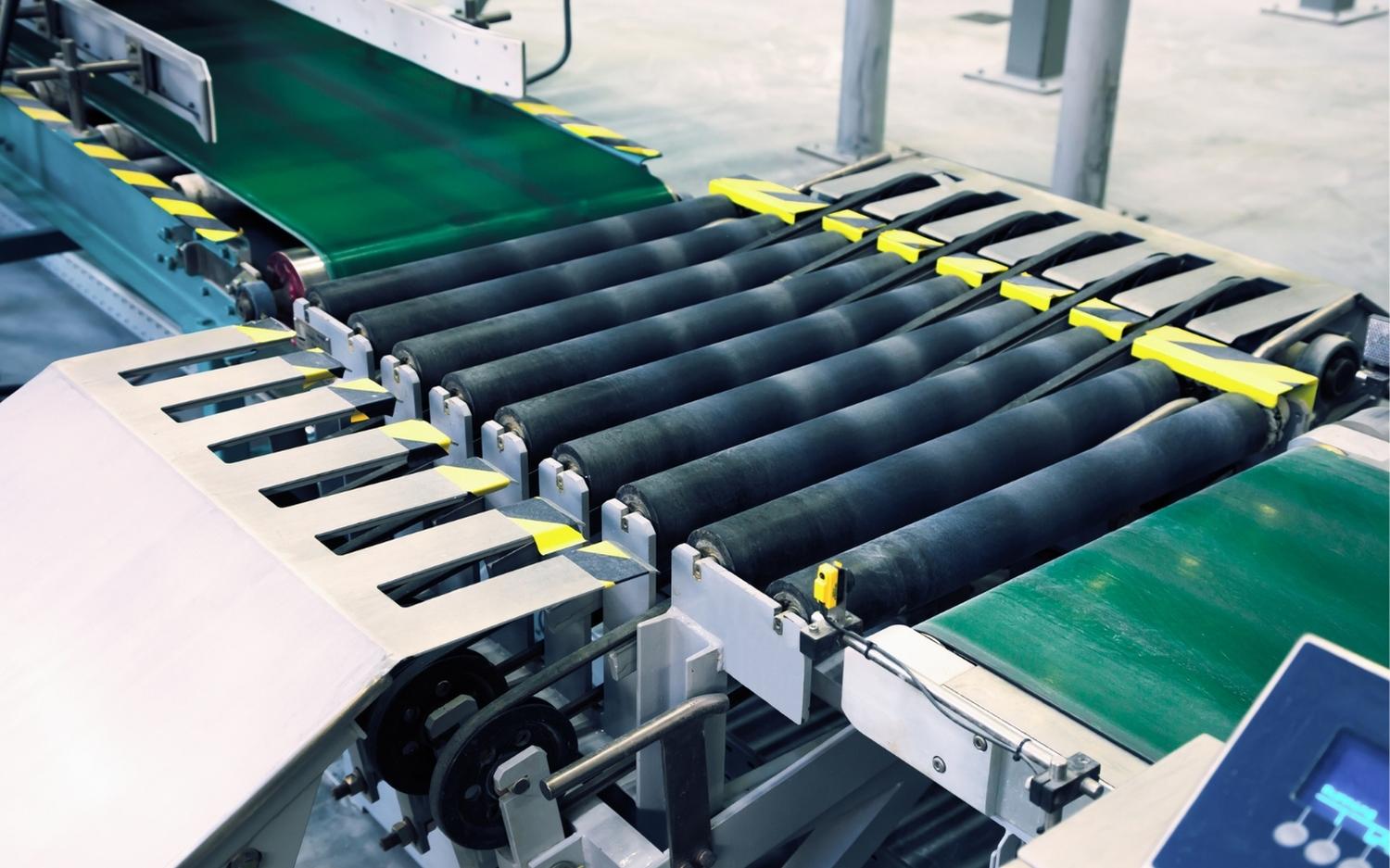

The driving unit consists of a motor bracket, counter-bearings, and an electrical drive. These mechanical elements aid the conveyor system in repeatedly running, reversing, and adjusting directions. Counter-bearings assist in the efficient rotation of system components.
The drive unit provides the necessary motion assistance for the belt to work. The driving unit accounts for around 30-40% of the entire cost of a conveyor system, which is likely to rise in the future due to the increasing integration of automation features into conveyor systems.
